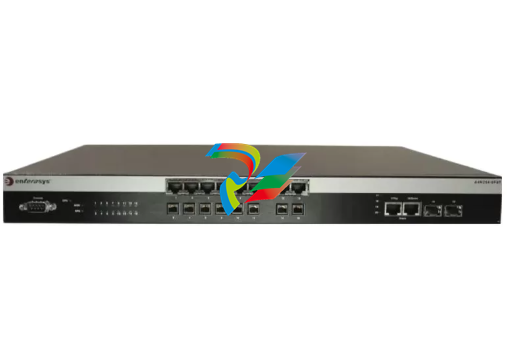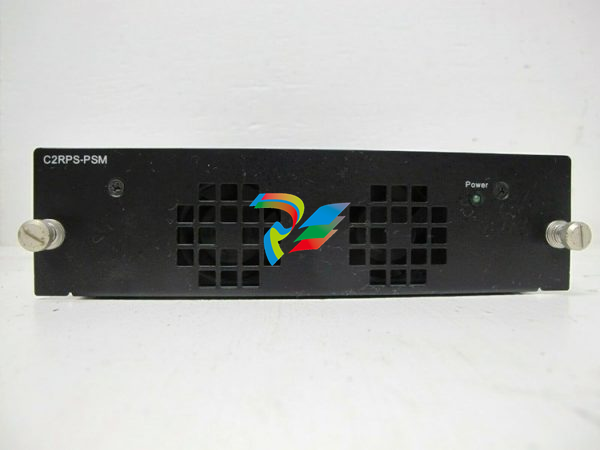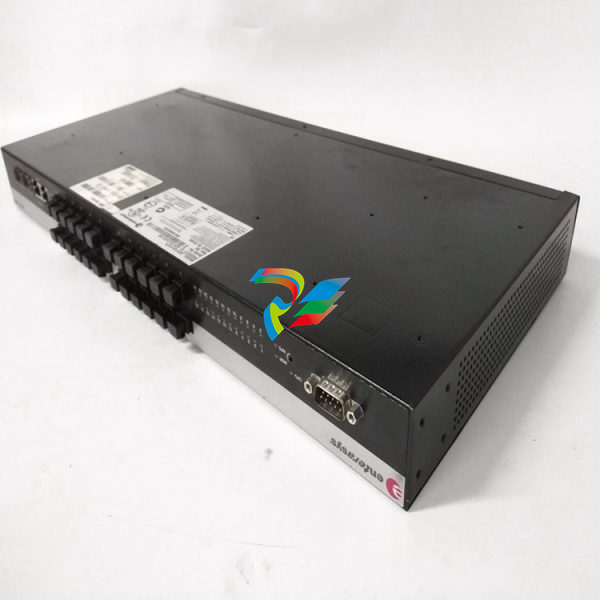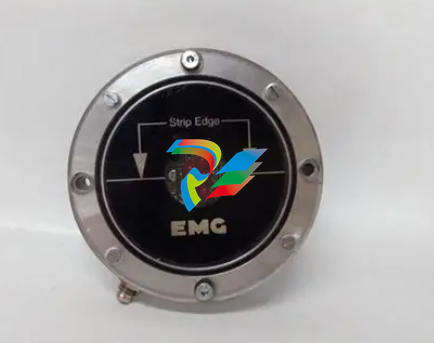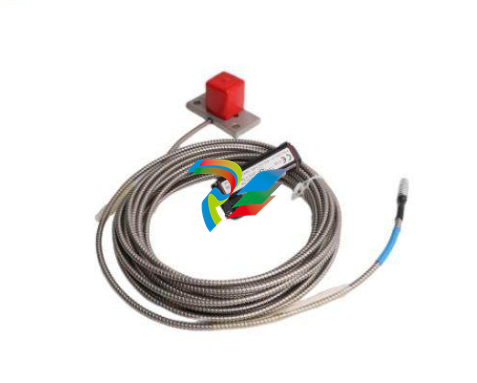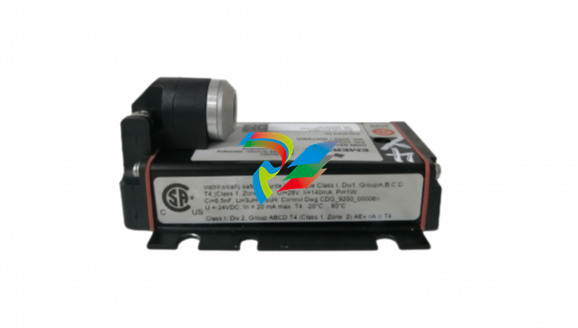
ABBAC 800M Controller Hardware Product Guide
flexibility during the project build phase. The HI functionality is extended by the
addition of a SM810/SM811 and the SIL certified software license only. This
enables non-critical control schemes to upgraded to SIL certified schemes by the
addition of a plug-in SM810/SM811, plus selection of the appropriate license.
The basic unit for a AC 800M HI consists of PM865 and SM810/SM811,
see Figure 2.
Product Benefits
Some of the benefits of the AC 800M Controller are:
• Flexibility, the AC 800M Controller can be ordered as individual units which
may be mounted in accordance with the customers own requirements.
• Extremely small footprint.
• Simple DIN rail attachment / detachment procedures, using the unique slide
& lock mechanism.
• Modularity, allowing for step-by-step expansion. You only pay for what you
require at the present time.
• Reliability and simple fault diagnosis procedures.
• Controller redundancy for higher availability (CPU, CEX-Bus, communication
interfaces, S800 I/O).
• Built-in redundant Ethernet Communication ports.
• Built-in RS-232C communication ports.
• Low power consumption, thus no external fans required.
• Flexible process connection, using either local I/O or standard fieldbuses.
• S800 I/O redundancy.
• Supports S800 I/O High Integrity (with PM865 only).
Features
The major features of the AC 800M are:
• High performance and large application memory.
• Extensive availability.
• CPU redundancy (PM861/PM864/PM865/PM866,PM891).
• AC 800M High Safety Integrity Level 2 certified using PM865/SM810/SM811.
• AC 800M High Safety Integrity Level 3 certified using PM865/SM811.
• Built-in redundant Ethernet channels.
• Built-in RS-232C channels.
• Sectioned CEX-Bus using a pair of BC810.
• Quick and simple fault-finding with the aid of LEDs on each unit / channel.
• Built-in battery back-up of memory (except for PM891).
• External battery back-up.
• Use of industry standard power supply voltage - 24V d.c.
• Easy mounting on standard DIN rail.
• IP20 Class protection without the requirement for enclosures.
• Incorporation of a wide variety of communication possibilities.
• Hardware based on standards for optimum communication connectivity
(Ethernet, PROFIBUS DP).
• Support for PROFIBUS DP fieldbus.
• Support for FOUNDATION Fieldbus.
• Support for Advant Fieldbus 100.
• Support for Modbus TCP.
• Support for Field Device Tool (FDT) and Device Type Manager (DTM)
concept for tool routing of HART instruments.
• Support for connection to INSUM via Gateway (Ethernet/LON)
• Support for IEC 61850.
• Support for PROFINET IO.
• Support for EtherNet/IP.
• Support for connection to S100 I/O.
• Support for connection to Satt I/O.
• Support for TRIO/Genius.
• Support for Genius remote I/O discrete, analog and high-speed counter blocks.
• Support for ABB Drives via PROFIBUS, ModuleBus and DriveBus.
• Support for connection to MasterBus 300.
• Full EMC certification.
• Selected units UL certified (UL508 as open equipment, and for hazardous
locations according to UL60079-15 (Class 1 Zone 2)).
Section 2 Functional Description
Processor Unit - General
The processor unit (except PM891) consists of two parts:
• Processor unit,
PM851/PM851A/PM856/PM856APM860/PM860A/PM861/PM861A/PM864
/PM864A/PM865/
PM866, equipped with power supply and CPU-boards
• Base plate, TP830, with a unit termination board.
The PM891 processor unit is a monolithic unit equipped with power supply and
CPU-boards, and unit termination.
The CPU board contains the microprocessor and the RAM-memory. The memory
holds an executable version of the firmware, the controller system configuration and
an application program.
The processor unit also has an optical ModuleBus used for connecting additional
clusters of S800 I/O, and a connector housing for a plug-in backup media (Secure
Digital card for PM891, and Compact Flash card for other processor units).
PM851 is equivalent to PM856 unless stated otherwise.
PM861A and PM864A are equivalent to PM861 and PM864 respectively, unless
stated otherwis
PM8xx Unit (Except PM891) The base plate of PM8xx unit (except PM891) has two RJ45 Ethernet ports (CN1, CN2) for connection to the Control Network, and two RJ45 serial ports (COM3, COM4). One of the serial ports (COM3) is an RS-232C port with modem control signals, whereas the other port (COM4) is isolated and used for the connection of a configuration tool. Both the electrical ModuleBus and the communication expansion bus (CEX-Bus) connectors are mounted on the base plate. The built-in electrical ModuleBus can be used in single CPU configuration for connecting one cluster of S800 I/O units directly to the base plate (maximum number of units per cluster is 12). However, an additional seven clusters (each comprising up to 12 units) can be added to the optical ModuleBus. The CEX-Bus is used for extending the on-board communication ports with communication interface units. It is also possible to use redundant communication interfaces on the CEX-Bus. The CEX-Bus Interconnection unit BC810 is used to increase the availability on the CEX-Bus by dividing it into separate segments. All base plates are provided with a unique Ethernet address which provides every CPU with a hardware identity. The address can be found on the Ethernet address label attached to the TP830 base plate, as shown in Figure 3 on page 25. Note that a PM851/PM851A is restricted to one Ethernet (CN1) port, thus redundant Ethernet is not available

